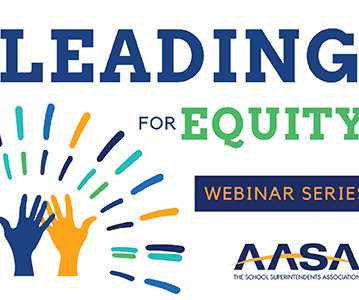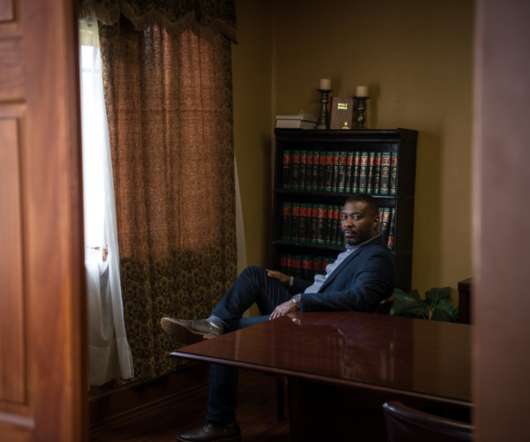Why haven’t new federal rules unleashed more innovation in schools?
The Hechinger Report
DECEMBER 6, 2017
“The bad news is we’re not seeing a lot of innovation or discussion around personalized learning,” said Claire Voorhees, national policy director for the Tallahassee, Florida-based Foundation for Excellence in Education, an advocacy group for personalized learning. These new assessment systems are a crucial component of personalization.

















Let's personalize your content